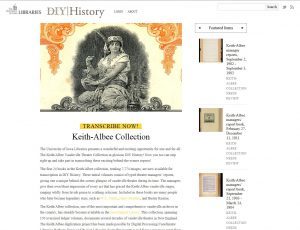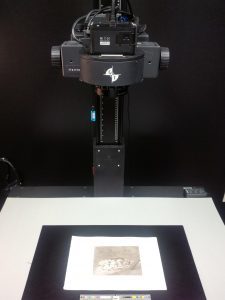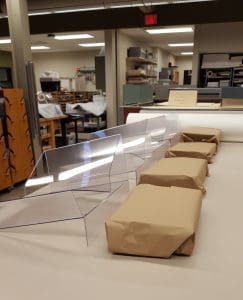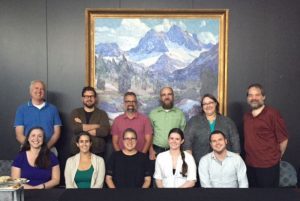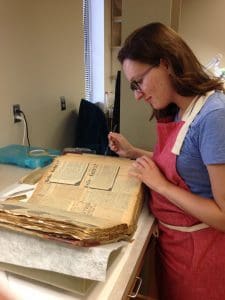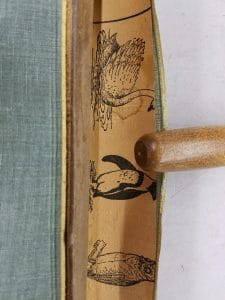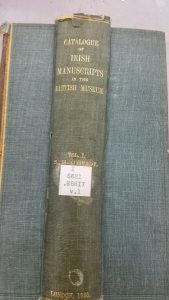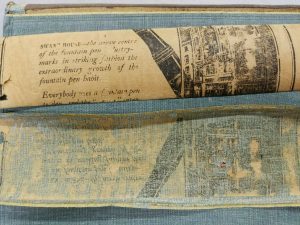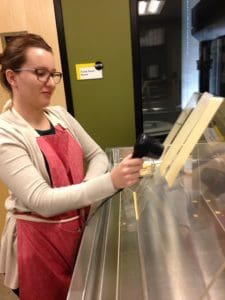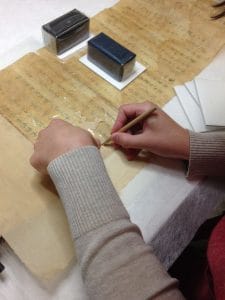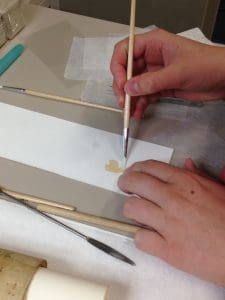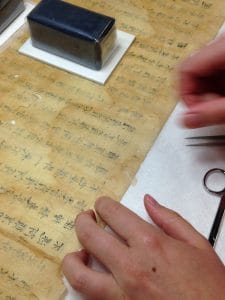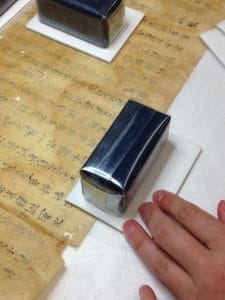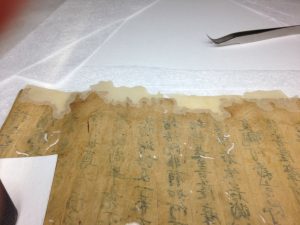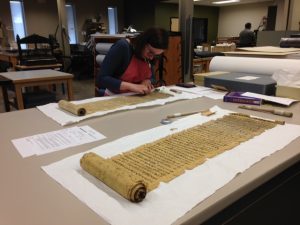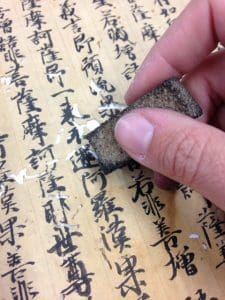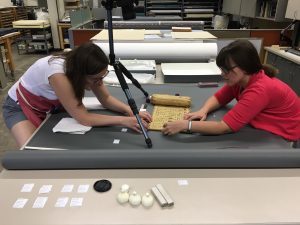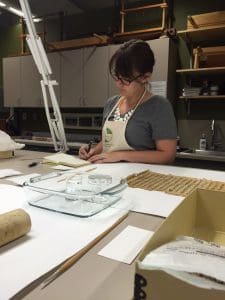The University of Iowa Libraries presents a wonderful and exciting opportunity for one and for all: The Keith/Albee Vaudeville Theater Collection in glorious DIY History! Now you too can step right up and take part in transcribing these exciting behind-the-scenes reports!
The first 24 books in the Keith/Albee collection, totaling 7,774 images, are now available for transcription in DIY History. These initial volumes consist of typed theater managers’ reports, giving one a unique behind-the-scenes glimpse of vaudeville theater during its time. The managers give their own blunt impression of every act that has graced the Keith/Albee vaudeville stages, ranging wildly from lavish praise to scathing criticism. Included in these books are many people who later became legendary stars, such as W.C. Fields, Harry Houdini, and Buster Keaton.
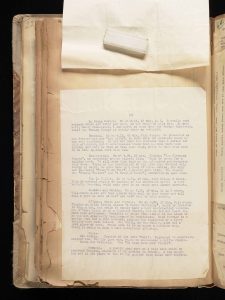
The Keith/Albee collection, one of the most important and comprehensive vaudeville archives in the country, has steadily become available in the Iowa Digital Library. This collection, spanning 150 over sized ledger volumes, documents several decades of vaudeville theater in New England. The Keith/Albee digitization project has been made possible by a generous Preservation and Access grant from the National Endowment for Humanities, with a projected completion date in 2017.
Start transcribing this collection here.
For more information contact: Justin Baumgartner, Keith/Albee Digital Project Librarian, (319) 384-3431, justin-baumgartner@uiowa.edu
